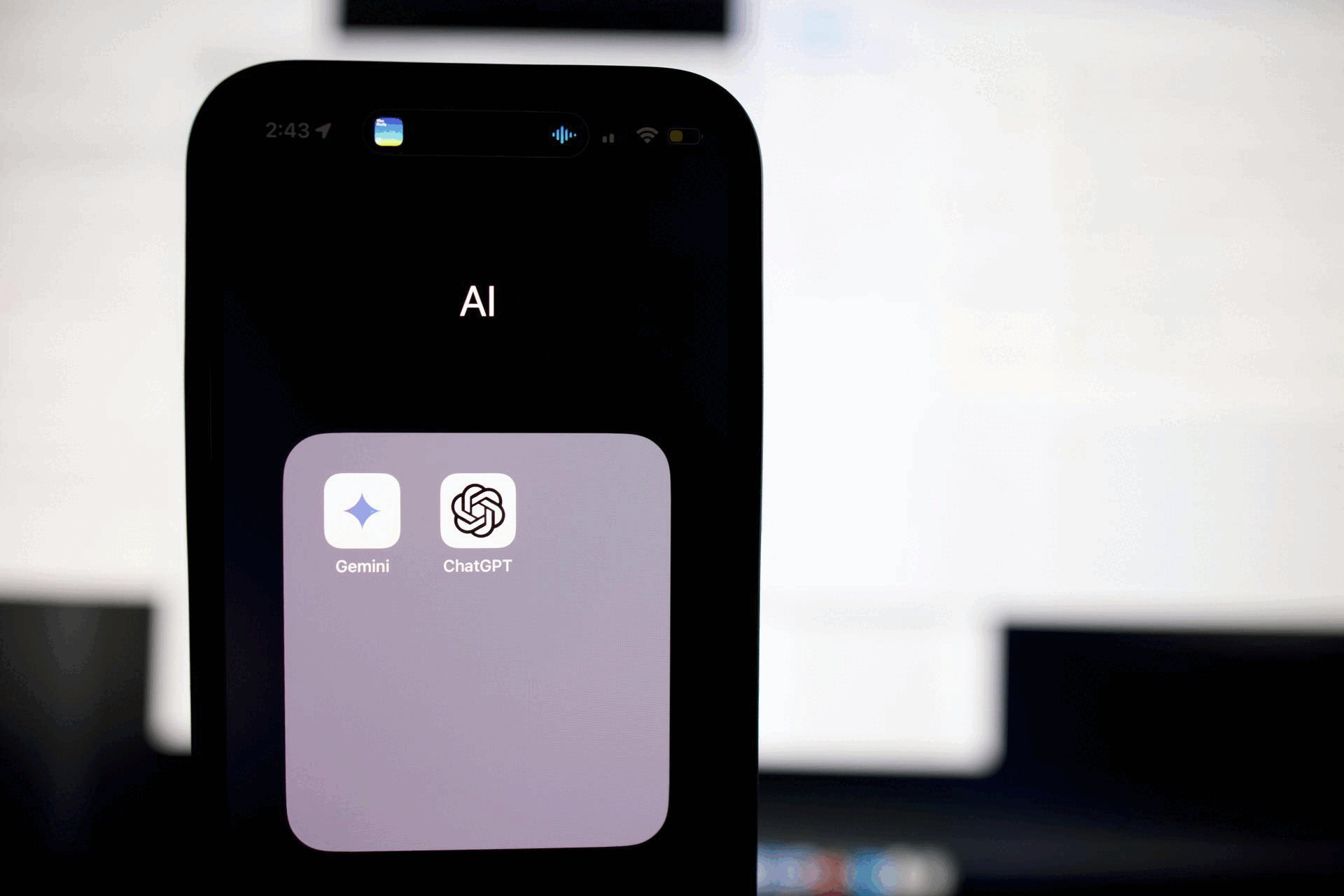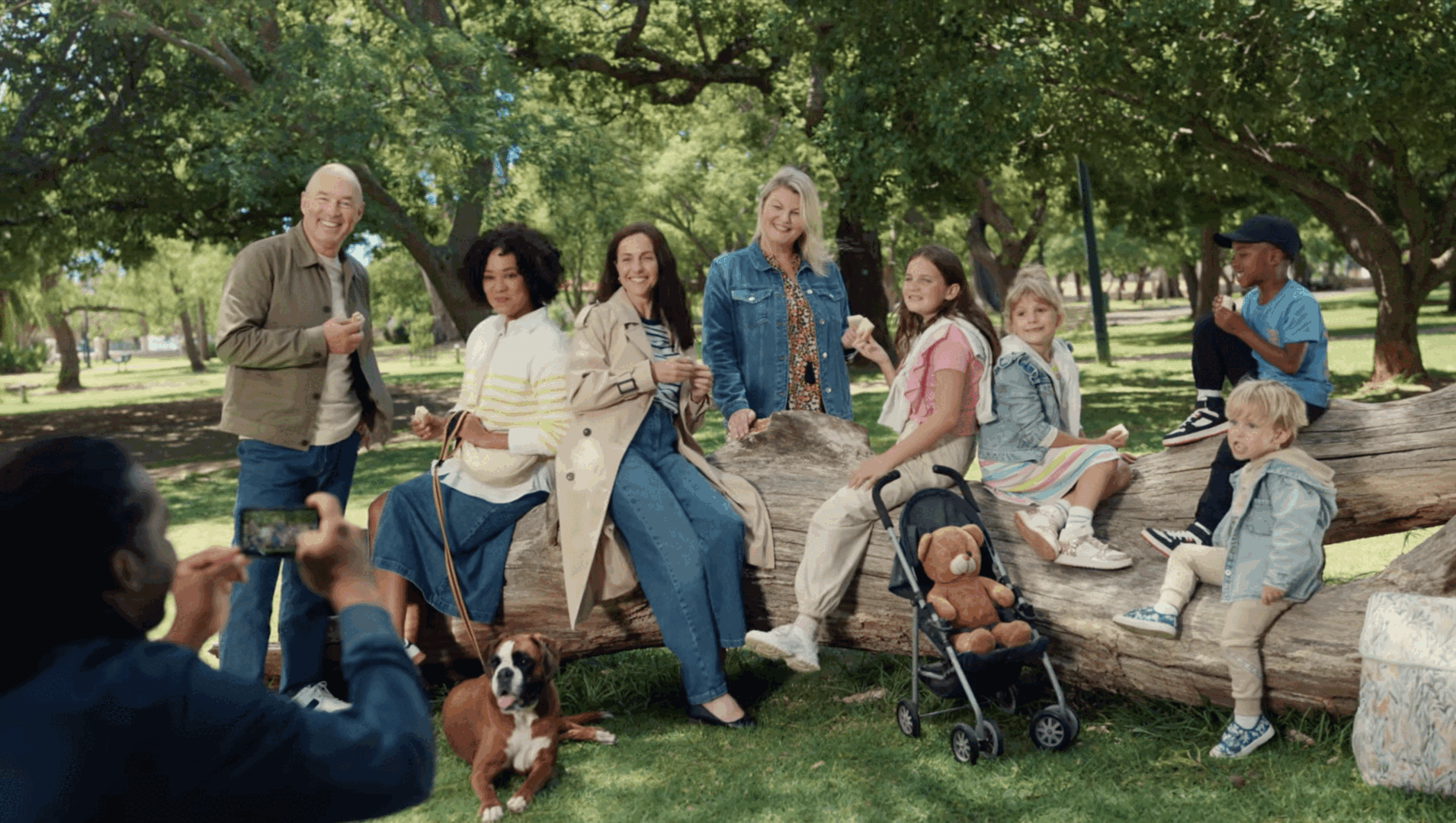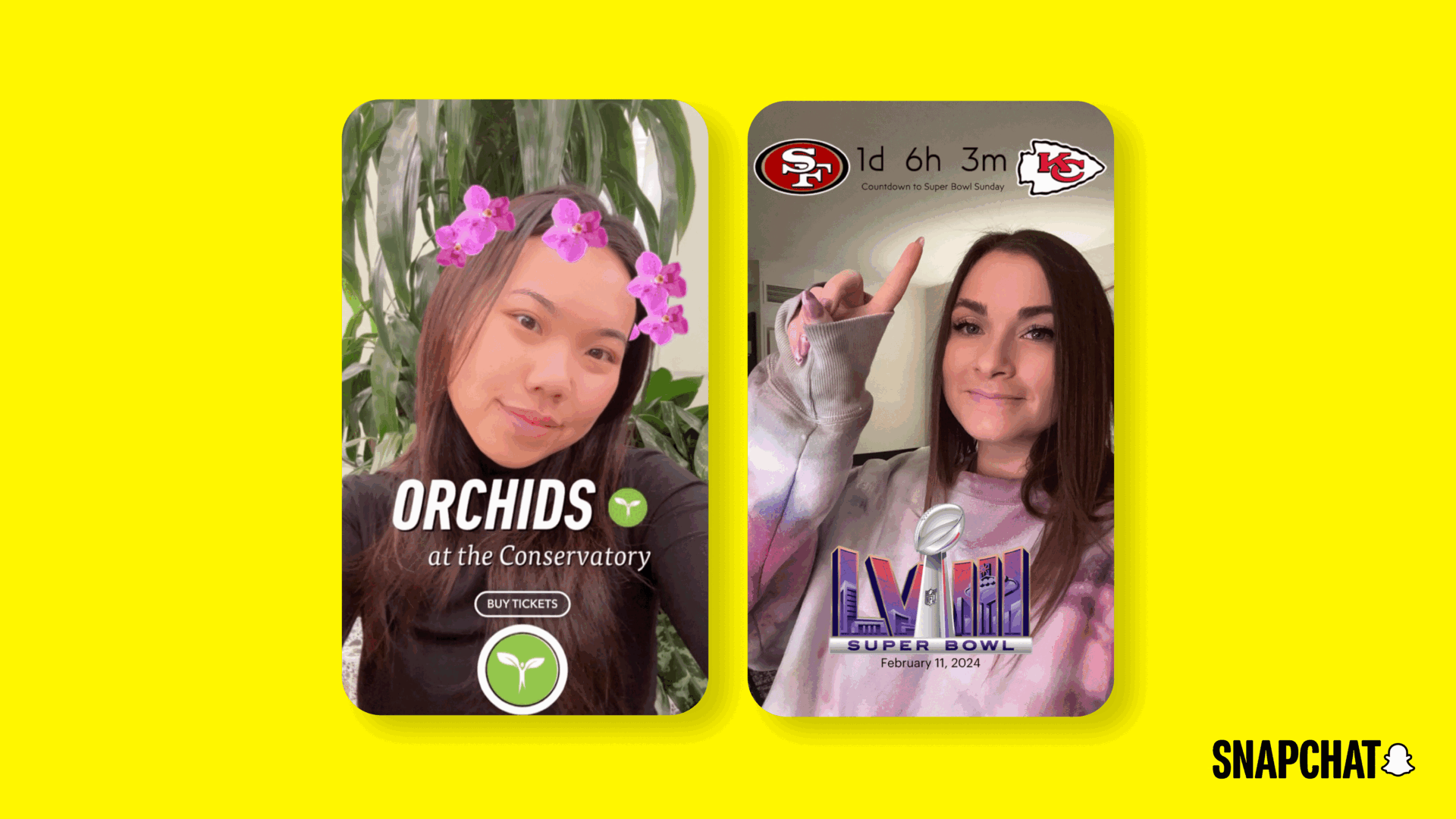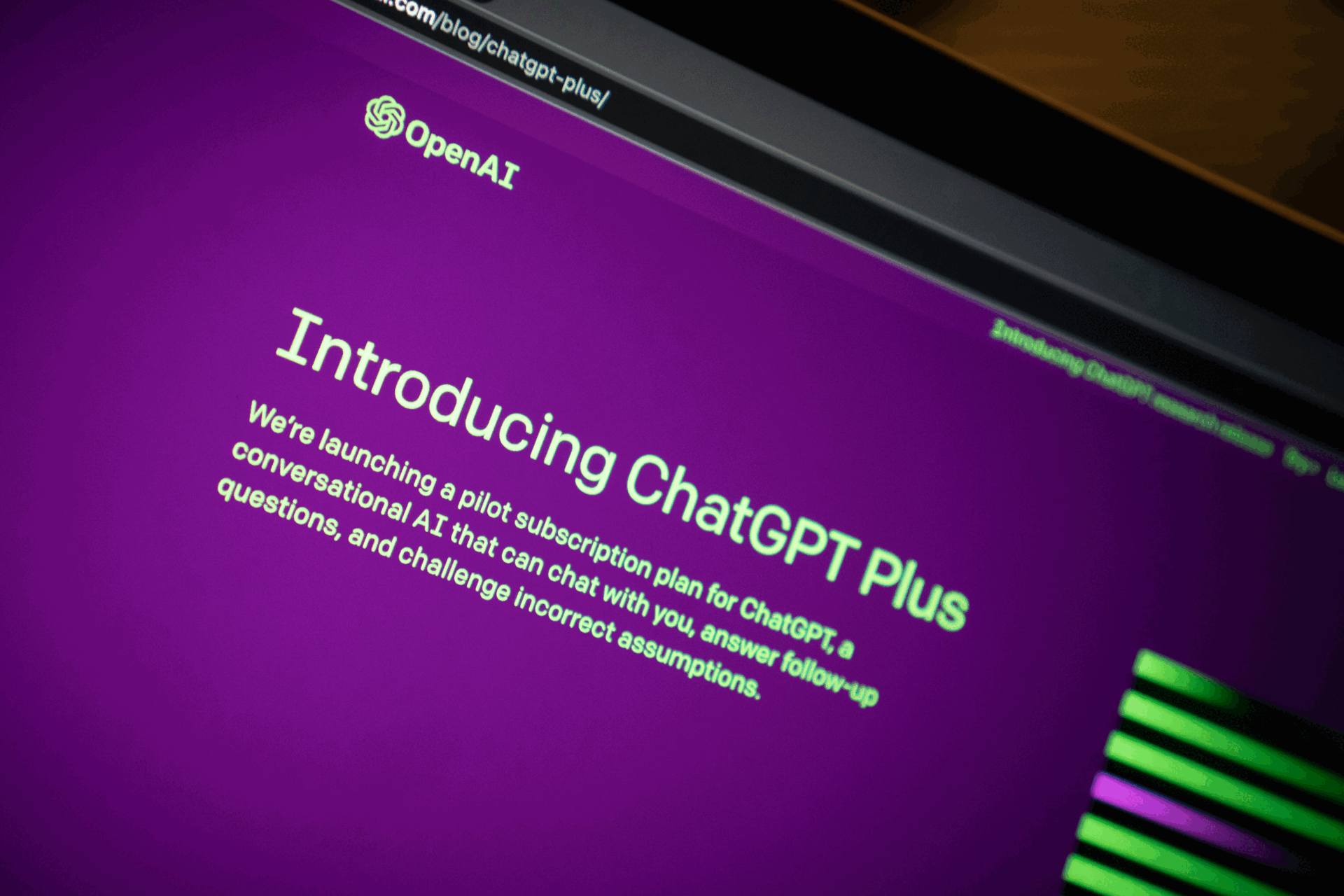According to the latest figures from the Mobile Data Association (MDA), Britons send more than one billion text messages per week, an increase of 25% on the same time last year. Airwide Solutions, the leading provider of mobile messaging infrastructure and applications, is this year celebrating its role in delivering the first SMS via the Vodafone network in December 1992. The message said Merry Xmas and the man who sent it, Neil Papworth, is still working as an engineer for Airwide today.
Text messaging has come a long way in 15 years. Todays networks are much more efficient than those used in 1992, coverage in most regions is very complete, and handsets and networks have greater interoperability. As a result, more than 80% of text messages are received by the intended subscriber on the first attempt, compared to just 20% in the early years of SMS.
SMS volumes continue to increase year on year, though recent years have seen higher than average increases, particularly in countries with developing mobile networks, such as the Middle East, Eastern Europe, North Africa and parts of Asia. Jay Seaton, Chief Marketing Officer at Airwide Solutions, believes this is due, in part, to the increase in reliable infrastructure in these markets, but has also seen Airwides operator customers making improvements in their messaging applications, extending the reach of the humble SMS and driving a continued bright future for mobile messaging. He believes that in order to maintain growth in this market, operators must offer a new generation of messaging technology to transform the one-size-fits-all SMS to user-defined messaging where users have much more control over how they talk to others.
Were proud of being responsible for sending the first ever text message, says Seaton. When we look back 15 years, no one would have imagined the success of the medium. SMS is not only affordable and easy to use but is now an established earner for mobile operators and those in the industry. In 2006, the majority (more than 80%) of operators revenues continued to come from SMS, especially in countries with fast developing mobile networks such as the Philippines, where a typical day sees over 400 million text messages sent. The view that SMS was rapidly being superseded by other messaging technologies has been replaced by the recognition that revenue-generating services can be rapidly and reliably deployed on the SMS infrastructure, and the adoption of those services will be dramatically faster due to the ubiquitous nature of SMS.
The biggest question now on everyones lips is what is the future for SMS? We believe letting subscribers decide how to manage their own messaging experience is the way forward. The industry is calling it Mobile Messaging 2.0 – its the difference between network-controlled messaging and user-controlled messaging, powered by technology that enables the user to dictate messaging options. Subscribers can configure mobile presence and availability, receive voicemails as text messages, and can also archive important messages, filter out unwanted messages before they reach the handset and create customised auto-reply messages. However, Mobile Messaging 2.0 does not drive benefit only for subscribers. It also incorporates an emerging set of principles that will guide operators in the development of next generation mobile messaging networks.
Mobile Messaging 2.0 is arguably the most significant stage in mobile messaging yet, and though the apparent revolution is underway, this change is as much evolutionary as revolutionary. Mobile operators should use the substantial investments they have already made in their infrastructure as a platform to build networks which support next-generation messaging services when needed. There is much to be learned of the future from the past 15 years and as industry pioneers we are in a strong position to leverage this experience to best advise our customers.

Global mobile and digital marketing information, expert advice and updates straight to your inbox
















